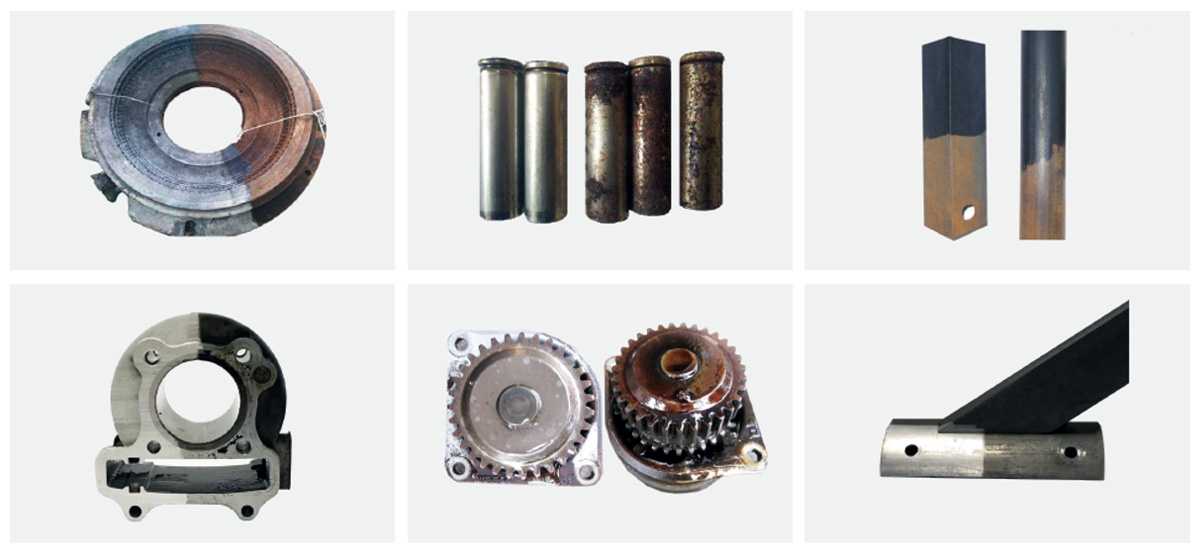Laser rust removal technology has been widely used in many industries and application scenarios. With its high efficiency, environmental protection and precision, it has successfully replaced traditional rust removal methods. The following are some specific application examples of laser rust removal:
1. Aerospace industry
The aerospace field has extremely high requirements for the lightweight and reliability of equipment. Laser rust removal technology is used to clean aircraft parts and engine components, which can effectively remove rust, oxides and other contaminants, thereby improving the performance and life of these key components.
2. Shipbuilding and maintenance
During the process of shipbuilding and maintenance, the hull and various metal structures are often corroded by seawater. Laser rust removal technology can quickly remove rust and coatings while maintaining the integrity of the metal surface, reducing maintenance costs and extending service life.
3. Steel manufacturing industry
During the steel production process, equipment and tools are exposed to corrosive environments for a long time. Laser rust removal can efficiently clean rust, ensure the normal operation of equipment, improve production efficiency, and reduce equipment failure rate.
4. Automobile manufacturing
In the automobile manufacturing industry, laser rust removal is used to clean body frames and other metal parts. Its superior cleaning effect ensures the smoothness of the car body surface, helps the subsequent painting process, and improves the appearance and quality of the product.

5. Heavy industry
In heavy industry, equipment and structures are often subjected to high-intensity working environments, resulting in surface rust. Laser rust removal technology can quickly deal with the rust of large mechanical equipment, ensure the long-term and efficient operation of the equipment, and reduce production downtime.
6. Cultural Relics Protection
In the protection of cultural relics and artworks, laser rust removal is used to remove rust and dirt on ancient metal objects. It can restore its original luster and structural integrity without damaging the original materials. It is widely used in museums and art restoration.
7. Power and construction industry
Power facilities and building structures, such as electric towers and bridges, are often exposed to harsh environments, resulting in rust and corrosion. Laser rust removal can effectively clean the surface rust of these equipment, extend their service life, and ensure safety.
8. Electronics and semiconductor industry
In the electronics and semiconductor industry, laser rust removal can be used to clean metal parts generated during the production process to ensure the high quality and reliability of subsequent electronic components.
The practical application of laser rust removal technology in various industries has shown its unique advantages, which not only improves production efficiency and product quality, but also contributes to environmental protection. With the continuous development of technology, laser rust removal is expected to be promoted and applied in more fields, solving the environmental protection and efficiency problems brought about by traditional rust removal methods. Click here for more information
























